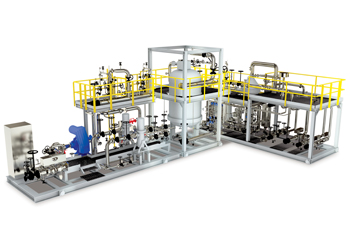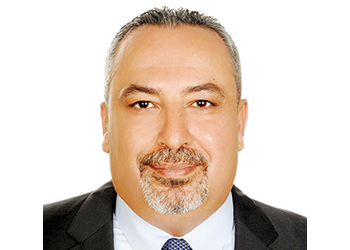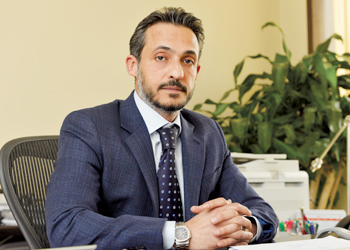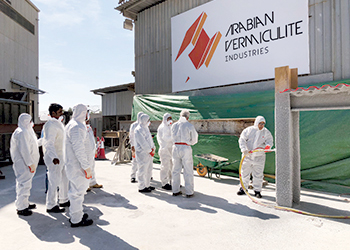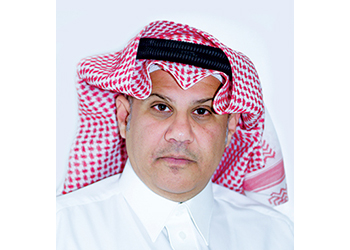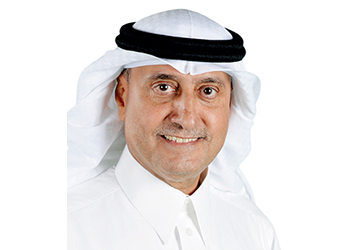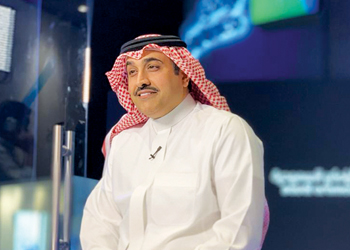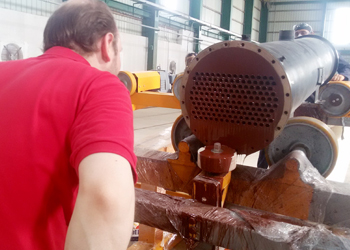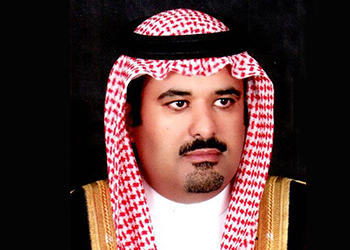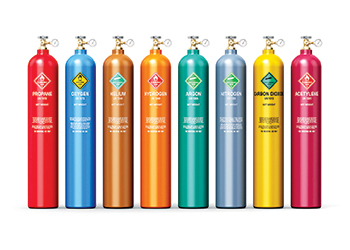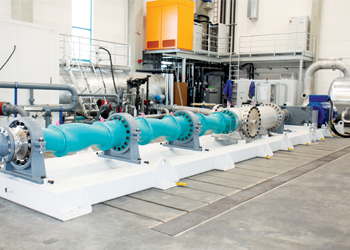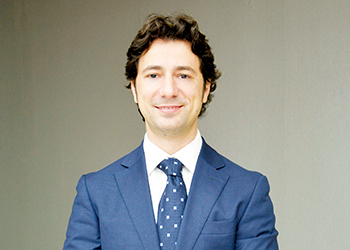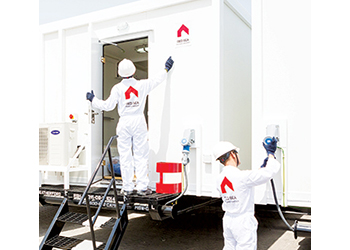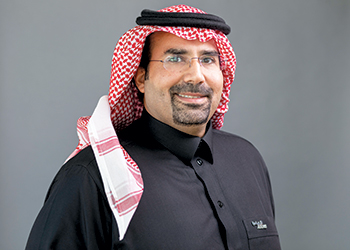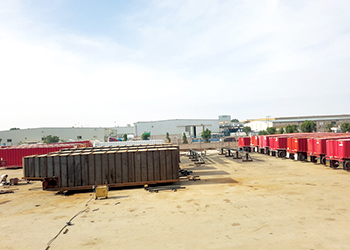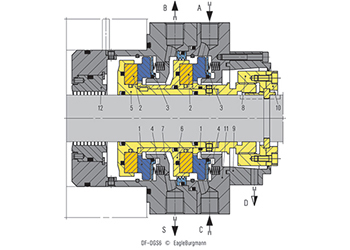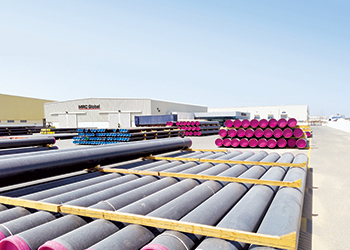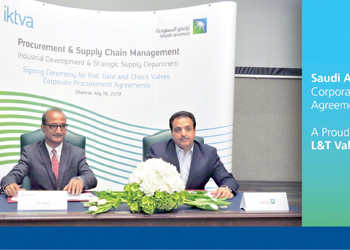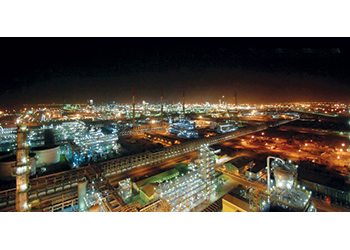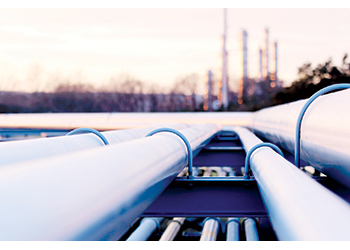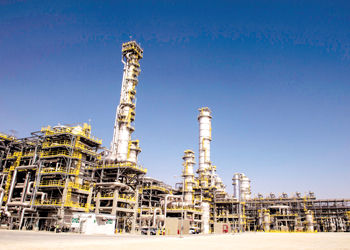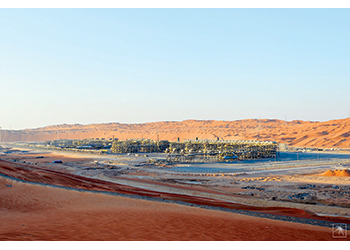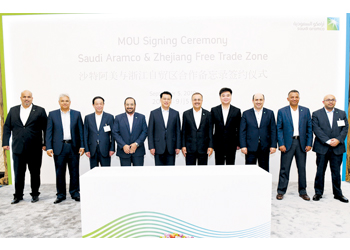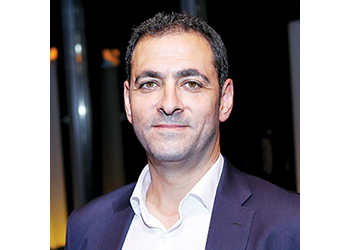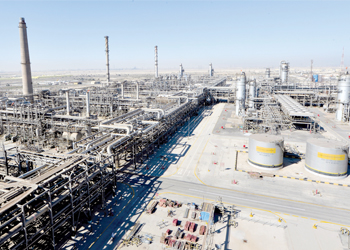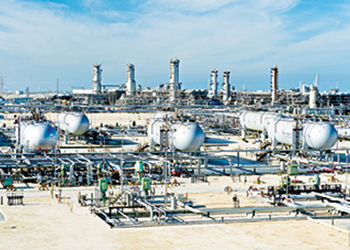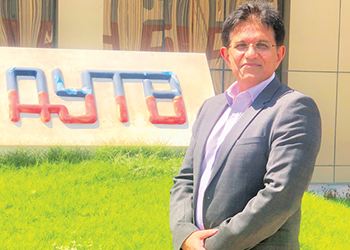
Aramco reported a net income of $111.1 billion last year, up from $75.9 billion in 2017 -- more than four times the $20.8 billion and $23.4 billion that Exxon and Shell respectively reported for 2018, and higher than any other company in the world
Saudi Aramco is the world’s most profitable company and dramatically outperformed industry peers Exxon Mobil and Royal Dutch Shell in terms of net income and cash flow in 2018, figures published in the state oil giant’s bond prospectus showed.
The financial figures, which for the first time provide unique insights into Aramco’s financials and operations–and into its sheer size–provided the basis for international investor presentations to held in Asia, Europe and the US ahead of the company’s inaugural bond issue to help finance the $69.1 billion acquisition of a 70 per cent stake in Saudi Basic Industries Corp. (Sabic).
According to the accounts audited by PricewaterhouseCoopers, Aramco reported a net income of $111.1 billion last year, up from $75.9 billion in 2017 – more than four times the $20.8 billion and $23.4 billion that Exxon and Shell respectively reported for 2018, and higher than any other company in the world.
Aramco’s earnings before interest, tax, depreciation and amortisation (Ebitda), a measure of a company’s operating performance, meanwhile reached a massive $223.8 billion in 2018, compared with Exxon’s $39.6 billion and Shell’s $53.8 billion. Free cash flow at the world’s largest oil company reached $85.8 billion last year, significantly higher than Exxon’s $11.3 billion and Shell’s $21.1 billion, while capital expenditure stood at $35.1 billion, above the $25.9 billion and $24.8 billion allocated by Exxon and Shell,
respectively.
At the same time, the accounts show that while international oil companies might not be able to compete on production capacity, their more diversified portfolios offer scale and generate a higher top line.
Shell’s revenue of $388.4 billion in 2018, for example, is higher than Aramco’s $355.9 billion, while Exxon’s $279.3 billion isn’t that far off. Both Shell and Exxon sell more higher-priced–but lower margin–refined products, petrochemicals and LNG than Aramco, which generates most of its revenue from crude oil sales.
Data show that taxes and royalties are also weighing on Aramco, even after the state reduced its tax rate to 50 per cent from 85 per cent in 2017. In 2018, Aramco paid $58 billion in dividends to the Saudi government out of an operating cash flow of $121 billion.
The launch of the road shows coincided with Aramco securing its first-ever credit ratings from Fitch Ratings and Moody’s Investors Service. Both agencies assigned first-time issuer ratings on par with those of Saudi Arabia, the sole owner of Aramco. Moody’s assigned Aramco with an A1 long-term issuer rating, saying it reflected the government’s sovereign rating. Fitch placed Aramco’s credit rating at A+, also on par with the sovereign rating of Saudi Arabia.
Although it is rare for national oil companies to achieve higher ratings than their governments’, Aramco had hoped to do so in order to secure a more favorable yield for its bond than the country’s previous sovereign offering.
“In Moody’s view, credit linkages to the government of Saudi Arabia are significant, and results in the decision to constrain Saudi Aramco’s rating to that of the government. The company is wholly-owned by the state and is expected to remain largely under government ownership even after any potential IPO in the future,” Moody’s said.
Funds raised from the bond programme, whose size is unlimited according to the prospectus, will be deployed to help fund Aramco’s acquisition of petrochemical giant Sabic from the kingdom’s sovereign wealth fund, the Public Investment Fund (PIF), under a transaction to be completed via a series of payments between now and December 30, 2021. According to the prospectus, half of the acquisition’s value will be paid at the closing of the deal.
Aramco is currently forming a joint team with Sabic for the integration process that is planned to take between six to 12 months, sources familiar with the matter said.
In an exclusive interview with Energy Intelligence in March, the then Saudi Energy Minister Khalid Al Falih said the synergies between Aramco’s and Sabic’s assets, their managements, and their production centres were unmatched compared to any other M&A opportunities in the downstream space.






















































































